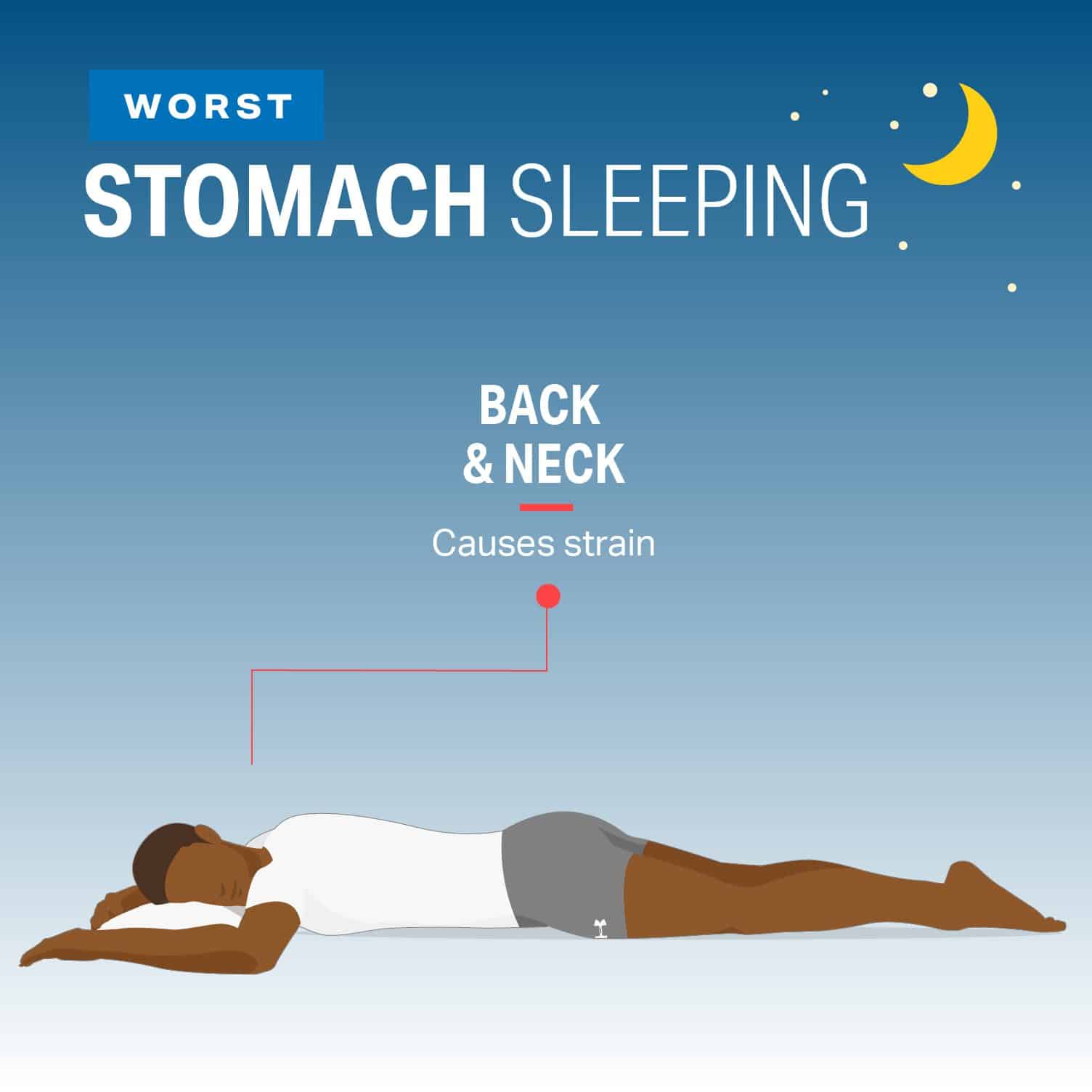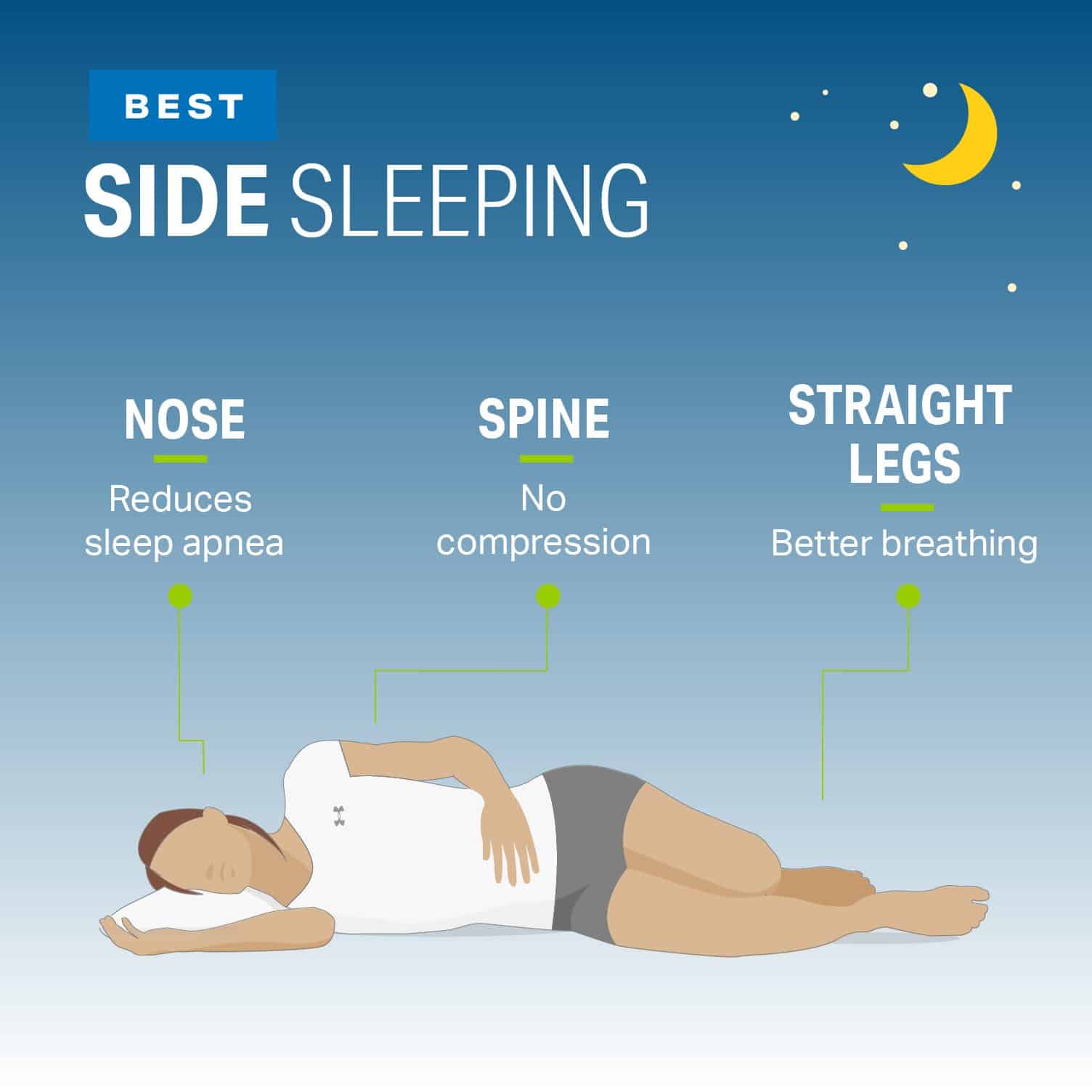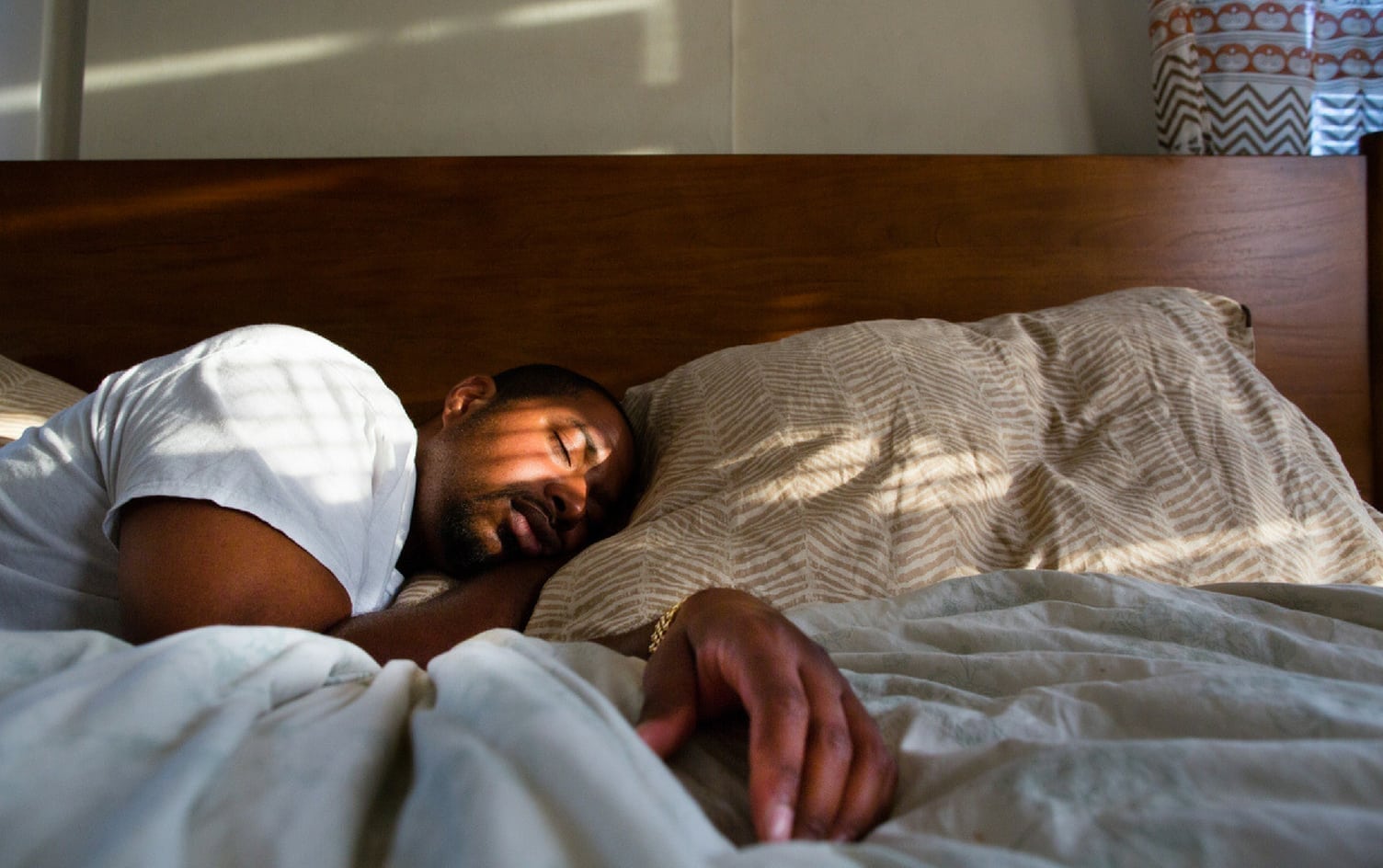We all know sleep is important — regardless of your health and fitness goals. And just as getting too little sleep can harm your health, so can getting too much. But what about how you sleep? You’re probably aware people sleep in all kinds of positions, but which one is best?
Well, let’s get one thing straight: There’s no singular sleep position that works best for everyone. “There are no studies that say sleeping in a certain position is better for your health,” says Dr. Maria Tovar Torres, a sleep specialist at Henry Ford Hospital.
That being said, your sleep position can have an impact on your sleep quality in various ways, particularly if you have certain health conditions, she says (more on that later.) And when you need to be fresh in the morning to make it to your workout, head into the office or wrangle the kids, your sleep position may matter more than you think.
Here’s what experts want you to know:

Not very many people sleep on their stomachs — and that’s probably a good thing. “There’s a small percentage of adults who sleep on their stomach, about 7%,” Dr. Torres says.
“Some people are most comfortable sleeping on their stomachs and have no problems with it, but it does result in bad positioning for the back and neck,” Dr. Curry says. Think about it: You have to turn your head to one side, which can cause strain. And even if sleeping on your stomach feels comfortable to you while you’re actually sleeping, be on the lookout for signs of tension. “If you have back or neck pain in the mornings, that might be the cause, so try a softer pillow or consider a different position,” Dr. Curry recommends.

This is the most-commonly recommended sleeping position, as it allows your back and neck to rest in a neutral position without any twists or turns. “This is comfortable and popular for a lot of people — unless they happen to snore, which a lot of us do,” Dr. Curry says. “Unfortunately we may not know that until somebody else has to tell us, and typically that’s somebody whose own sleep is getting interrupted by the snoring. Snoring may be helped by some of the products and devices out there on the market, and sleeping on your side may prevent it entirely.” So that’s another point for side sleeping!
And even though this position is pretty ideal for your back and neck, you can make it even better: “For anybody sleeping on the back, a pillow under the knees will help restore the normal curve to your back, which gets straightened too much (over-extended) and can result in back pain the next morning,” Dr. Curry says. If this happens to you, sleeping on your side instead is also a good option.
The only variation of this sleep position that you may want to reconsider is what’s known as “the starfish.” “Sleeping on your back with your arms over your head (like a starfish) can cause back pain,” Dr. Curry says. If you want to stick with this position, try a pillow under your knees, Dr. Curry suggests.
This may also be a good approach for those who are concerned about aesthetics, as sleeping on your back has been shown to minimize the formation of facial wrinkles — which makes sense when you think about it, as there’s minimal face-smushing involved.
READ MORE > SLEEP EXPERT DR. G OFFERS FOUR TIPS TO IMPROVE SLEEP

“Side sleeping, or some version of the ‘fetal position,’ is a comfortable position for a lot of people,” says Dr. William Curry, a professor in the Division of General Internal Medicine at University of Alabama at Birmingham. In fact, it’s been found to be the most common sleeping position in several sleep studies and surveys. It’s one of the best positions because it doesn’t compress your spine, and there are many ways to adapt it to find what’s most comfortable for your unique anatomy.
“If you can train yourself to avoid pulling your knees all the way up so you’re like a ball, your breathing will work better and the quality of sleep may improve,” Dr. Curry says. “So stretch your legs out a little.” It’s also a good idea to put a pillow between your knees for added comfort, he suggests, which can help achieve optimal body alignment and prevent back pain.
Side sleeping is also recommended for people with sleep apnea, as it may help decrease the number of events of non-breathing, although it won’t stop them completely, according to Dr. Torres. Lastly, sleeping on the left side is recommended for pregnant women, as it provides the best circulation to the baby, according to Dr. Torres. Sleeping on your left side also seems to be better than sleeping on your right if you have issues with heartburn and acid reflux.




